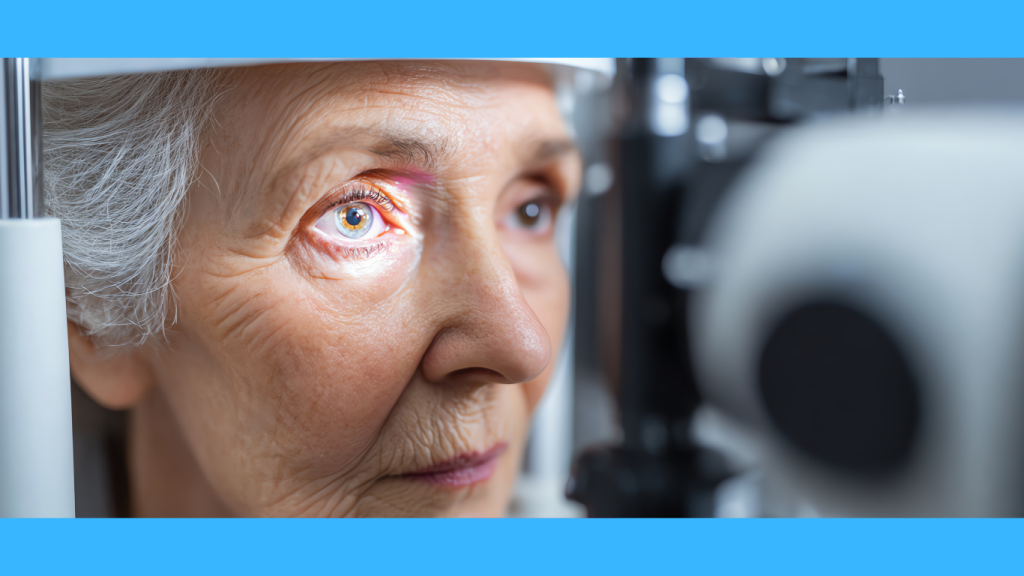
Category: Eyes Health & Wellness
Date: November 12, 2025
Published by: Yarima.org Editorial Health Team
Reading time: ~3 minutes
🧠 What Is Glaucoma?
Glaucoma is not just one disease but a group of eye conditions that damage the optic nerve — the vital link between the eye and the brain. When the optic nerve becomes damaged, it can lead to vision loss or even blindness. National Eye Institute
The tricky part? In many cases glaucoma begins quietly, with no noticeable symptoms, which is why it’s often called the “silent thief of sight.”
⚠️ Why It’s Dangerous
Damage from glaucoma usually starts with loss of peripheral (side) vision, gradually narrowing the field of view as if you’re looking through a tunnel. Because the change is gradual, many people don’t realize their vision has changed until significant damage has occurred. National Eye Institute+1
While there is no cure, early detection and treatment can often slow or prevent further vision loss. The only way to detect it is through a comprehensive dilated eye exam. National Eye Institute
👥 Who’s At Higher Risk?
Anyone can develop glaucoma, but the risk is higher if you:
- Are age 60 or older (especially Hispanic/Latino). National Eye Institute
- Are age 40 or older and African American. National Eye Institute
- Have a family history of glaucoma. National Eye Institute+1
- Have conditions like diabetes, high blood pressure, or thin corneas. Mayo Clinic
🔍 Types & Symptoms to Know
Open-angle glaucoma is the most common in the U.S., developing slowly and often without symptoms. National Eye Institute
Angle-closure glaucoma (also called narrow-angle) is less common but a medical emergency with symptoms like sudden eye pain, nausea, red eye, and blurred vision. Seek care immediately if you experience those. National Eye Institute+1
🩺 How It’s Diagnosed & Treated
Diagnosis involves a dilated eye exam, measuring eye pressure, testing side vision (visual field), and a close look at the optic nerve. Higher Logic Download+1
Common treatments focus on lowering intra-ocular pressure (IOP):
- Eye drops → the most common early treatment. National Eye Institute
- Laser treatments → help fluid drain better from the eye. National Eye Institute
- Surgery → used when drops or lasers aren’t enough. National Eye Institute
🥦 How to Protect Your Eyes Naturally
While you can’t prevent all glaucoma, certain habits support eye health:
- Have a dilated eye exam at least every 1–2 years, especially if at higher risk.
- Manage chronic conditions like diabetes and high blood pressure.
- Eat leafy greens and foods rich in antioxidants (support general eye health).
- Avoid smoking, maintain a healthy weight, and protect your eyes from injury.
💡 Key Takeaway
Glaucoma can steal your vision quietly — that’s why early detection is vital. Regular eye check-ups, prompt treatment, and healthy habits give you the best chance to protect your sight and maintain vision for years to come.
Reference:
National Eye Institute. “Glaucoma.” (2025, September 11). U.S. National Institutes of Health. Retrieved from [https://www.nei.nih.gov/learn-about-eye-health/eye-conditions-and-diseases/glaucoma] National Eye Institute